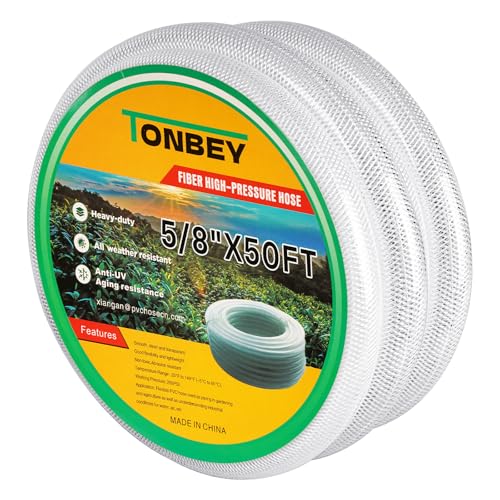



For most home and outdoor tasks, a unit with a force rating of around 110 to 130 bar is sufficient. This level provides ample power for regular clean-ups, including driveways, patio furniture, and vehicles. A model in this range balances performance and ease of use, making it ideal for average homeowners.
If you’re dealing with tough stains, grease, or larger surfaces, consider devices exceeding 130 bar, ideally in the 140 to 160 range. Such machines excel at tackling stubborn dirt on decks, siding, and heavy machinery without excessive effort on your part. They save you time and avoid the need for multiple passes.
For those in commercial or industrial settings, opting for machines that offer pressure between 170 to 250 bar will yield the best results. These high-performance models can handle continuous use while providing superior cleaning capabilities necessary for larger-scale operations or frequent, intensive jobs.
Knowing the tasks you’ll tackle most frequently can vastly simplify your selection. Always match the force level to your cleaning needs to maximise efficiency and effectiveness, ensuring you achieve desired results with minimal hassle.
Choosing the Right Unit for Your Requirements
I recommend opting for a model that delivers between 100 to 130 bar for light domestic tasks, such as cleaning patios or car washing. These units provide adequate force to remove dirt without risking damage to surfaces.
If you’re addressing more substantial jobs like stripping paint or degreasing heavily soiled machinery, consider a unit that operates within the range of 130 to 160 bar. This level of power is well-suited for tackling stubborn grime effectively.
For larger areas or commercial-grade requirements, look for equipment that generates 160 bar or more. Such models excel in efficiency and are capable of handling extensive cleaning tasks without compromising performance.
Evaluate additional features, such as adjustable nozzles and hose lengths, which can enhance versatility. Models equipped with detergents or built-in heaters can also provide added cleaning strength, particularly for greasy or oily surfaces.
Keep in mind the source of power too; electric units are typically quieter and user-friendly, whereas petrol variants offer portability and greater force, making them ideal for remote locations.
Ultimately, pinpoint the tasks at hand to select the right model, ensuring you achieve optimal results without excessive effort or risk of damage to surfaces.
Understanding Pressure Ratings for Household Tasks
For effective cleaning at home, select a model that provides between 100 and 150 bar for general tasks like washing cars or outdoor furniture. This level ensures sufficient force to remove dirt without damaging surfaces.
If your projects involve stripping paint or deep-cleaning driveways, opt for devices offering 150 to 200. This range strikes a balance between power and control, efficiently tackling tougher grime while keeping you safe from any damaging repercussions.
For occasional use, a unit delivering around 100 is adequate for light jobs. It offers convenience without overwhelming novice users. Conversely, regular users tackling varied tasks should consider equipment up to 200 for versatility.
Always match the performance level to the task. Using too much force can lead to unwanted damage, while too little could result in ineffective cleaning. Assessing surface materials alongside expected usage makes finding the right fit straightforward.
Lastly, consider additional features like adjustable nozzles or detergent tanks that enhance functionality. These features offer flexibility, enabling you to customise cleaning for different surfaces or dirt levels.
Choosing the Right Bar Pressure for Hard Surfaces
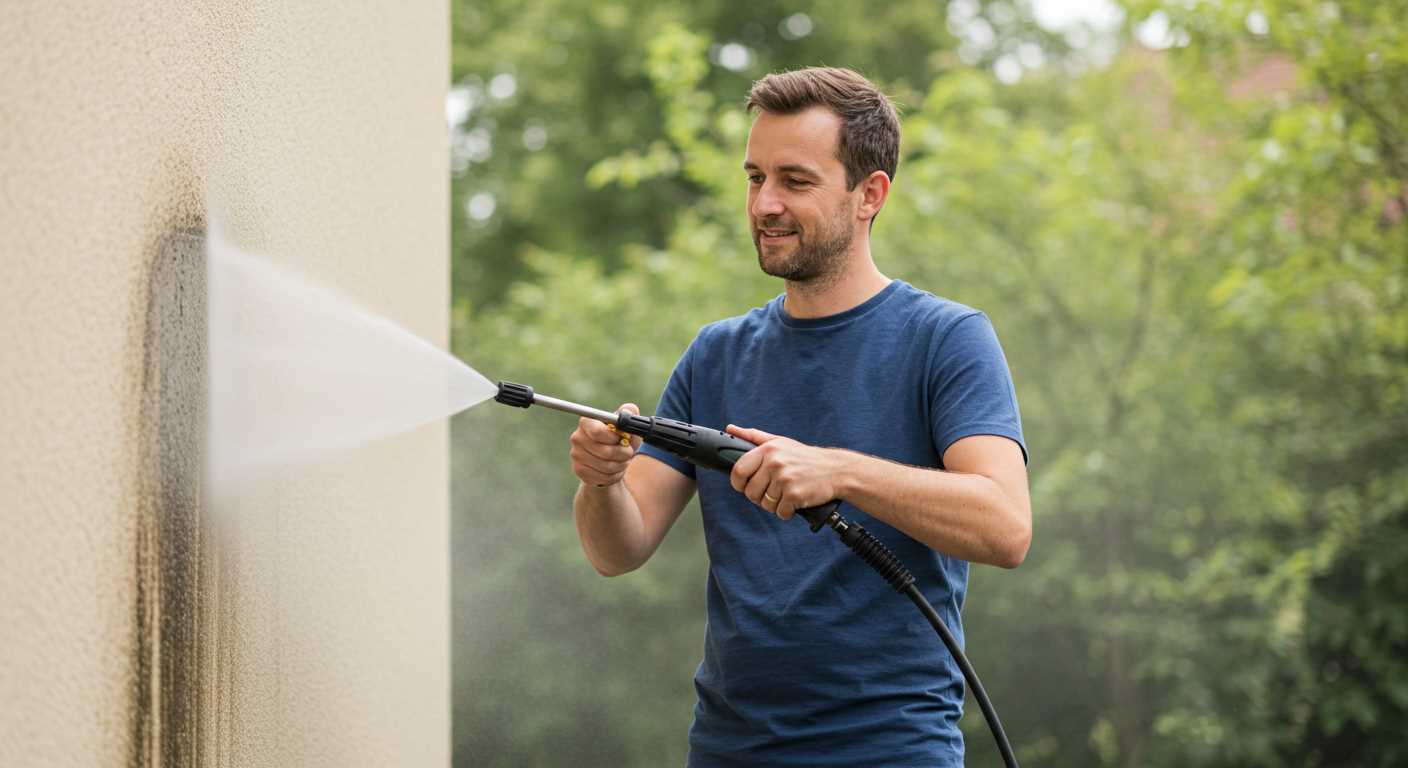
For cleaning hard surfaces like driveways, patios, and concrete, I recommend selecting a unit with a rating between 130 to 160 bar. This range efficiently eliminates dirt, grime, and even stubborn stains without causing damage to the surface.
Recommended Pressure Settings
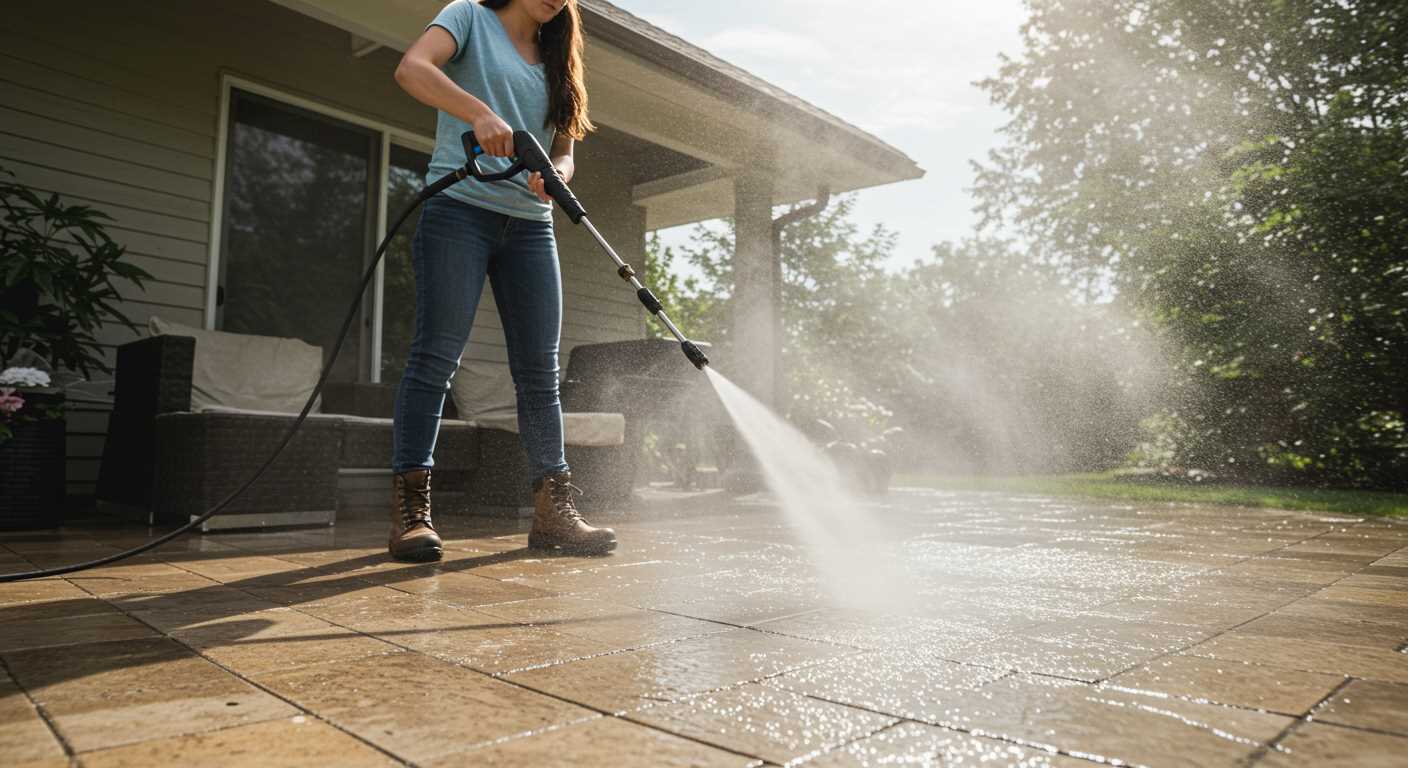
Here’s a simple overview of pressure levels suitable for various hard surfaces:
| Surface Type | Recommended Pressure (Bar) |
|---|---|
| Concrete Driveway | 130 – 160 |
| Stone Patios | 120 – 140 |
| Brick Walls | 100 – 130 |
| Decking | 90 – 120 |
Usage Tips
.jpg)
Maintain a distance of about 30-45 cm from the surface while cleaning. This distance helps prevent damage from too much force and allows for effective dirt removal. For tougher stains on concrete, consider using a surface cleaner attachment that works in conjunction with the machine’s rating.
For optimal results, use hot water models when cleaning oily or greasy surfaces, as heat aids in dissolving tough residues. Always check the cleaning requirements specific to the surface material before proceeding.
Determining Ideal Pressure for Vehicle Cleaning
For optimal vehicle maintenance, I recommend a unit that delivers between 120 to 180 bar. This range effectively removes dirt, grime, and road salt without damaging the paintwork or delicate trim. Lower settings around 120 bar are suitable for regular washing, while 180 bar can handle more stubborn stains or residue.
When cleaning vehicles, focus on using the right nozzle. A wide-angle spray (25-40 degrees) minimizes the risk of damage while providing adequate cleaning power. Avoid using a narrow-angle nozzle on sensitive surfaces, as it can lead to scratches or dents.
Always maintain a safe distance from the surface, ideally 1-2 metres. Adjust the distance and the intensity based on the level of dirt. For light dirt, keep the distance further; for heavy soiling, you can decrease it slightly, ensuring to follow the manufacturer’s guidelines for specific surfaces and materials.
Incorporating foam cannons or detergent add-ons can enhance cleaning effectiveness. Suds help to encapsulate the dirt, making it easier to rinse off, especially on painted surfaces. Use foaming agents that are safe for automotive finishes to protect your vehicle.
Ultimately, matching the cleaning power to the task at hand will preserve your vehicle’s appearance and extend its lifespan.
Requirements for Outdoor Furniture Care
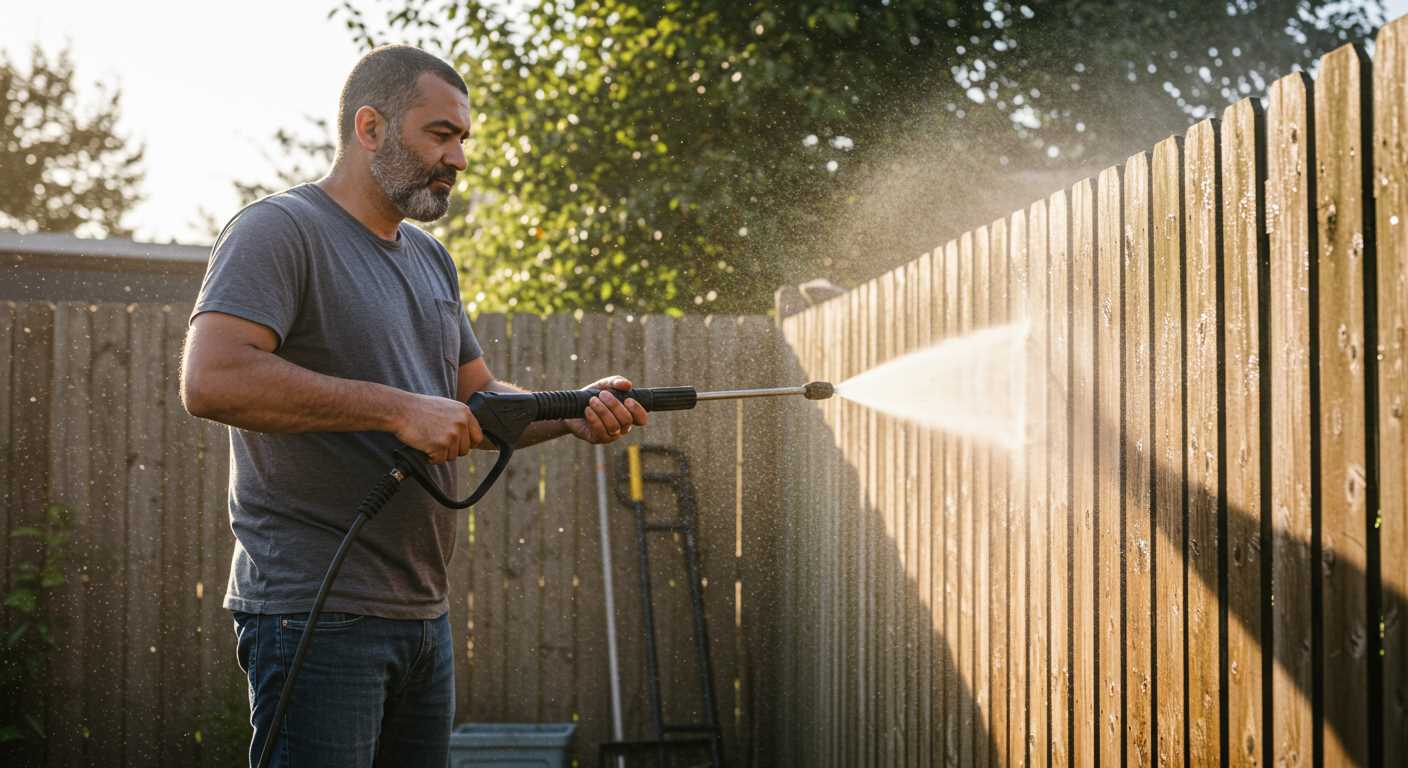
For maintaining outdoor furniture, a unit producing between 1000 and 2000 PSI is recommended. This range offers sufficient power to remove dirt and grime without risking damage to the surface.
- Wooden furniture: Aim for 1200 to 1500 PSI. Use a wide spray nozzle to prevent splintering.
- Metal furniture: A pressure of 1500 to 2000 PSI is effective for rust and stains. Choose a nozzle that directs the spray effectively.
- Plastic furniture: Lower settings around 1000 to 1300 PSI will safely clean without scratching the surface.
Always start with the lowest setting and gradually increase it if necessary. Test in an inconspicuous area first to ensure no damage occurs. Regular cleaning ensures longevity and appearance maintenance of your outdoor pieces.
- Use biodegradable cleaners for environmentally friendly options.
- Keep the nozzle at least two feet away from the surface while cleaning.
Using the right amount of force not only preserves the integrity of your furniture but also enhances its aesthetic appeal, making your outdoor space inviting.
Assessing the Needs for Deck and Patio Washing
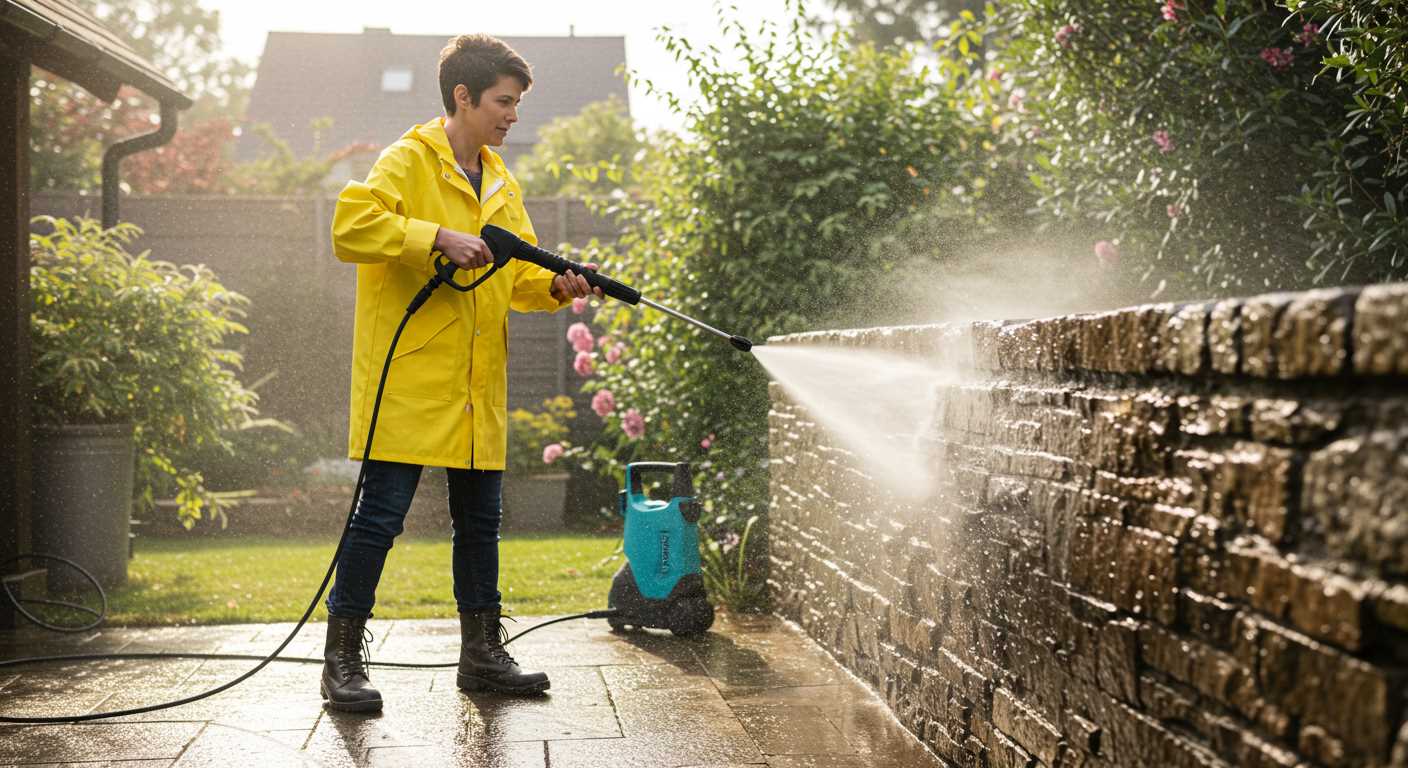
For cleaning decks and patios, a model with a range of 120 to 180 bars is optimal. This strength effectively removes grime and mildew without damaging wood or paving materials.
Consider the following aspects:
- Surface Type: For wooden decks, choose a lower range (120-150 bars) to prevent splintering. For composite and concrete surfaces, 150-180 bars work efficiently.
- Cleaning Agents: Use compatible eco-friendly detergents that enhance cleaning without harming plants or pets.
- Attachments: Use a surface cleaner attachment to speed up the process, especially on larger areas.
Pay attention to the nozzle type as well. A 25-degree nozzle is versatile for most surfaces, while a 0-degree nozzle targets stubborn stains. Adjust accordingly to avoid damaging softer materials.
Before commencing, ensure to sweep away debris and loose dirt to maximize effectiveness. Always test a small area first to confirm the suitability of the chosen model for your specific deck or patio material.
Factors Influencing Pressure Selection for Different Materials
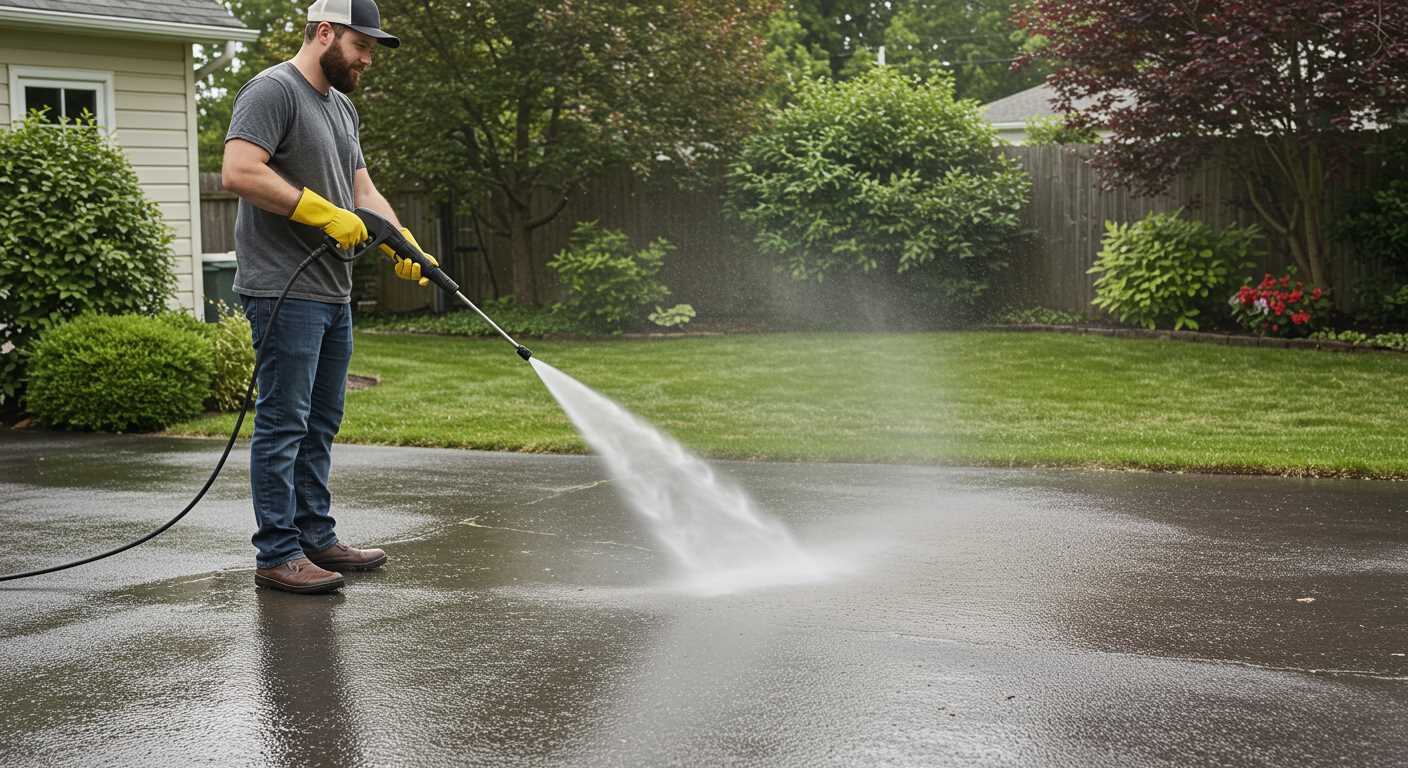
The choice of forceful sprayer output depends significantly on the surfaces you’ll be cleaning. For soft materials like wood or delicate fabrics, opt for lower settings around 1000 to 1500 PSI to prevent damage. This is especially pertinent for outdoor furniture and wooden decks, where higher force can lead to splintering.
When tackling hard surfaces such as concrete or stone, increase the setting to about 2500 to 3000 PSI. This range effectively removes tough stains and grime without compromising the integrity of the surface. Always test a small area first to prevent etching or discolouration.
For vehicles, maintaining a middle ground around 1500 to 2000 PSI is advisable. This power effectively eliminates dirt and road grime without damaging the paintwork. Additionally, using a wider spray nozzle can help disperse the force and provide a thorough clean.
Keep in mind that the type of cleaning agent you choose can also influence your choice. Stronger chemicals may require adjustments in output to optimise results and ensure safety. Align the output with the surface material and type of job for the best outcomes.
FAQ:
What factors should I consider when choosing a bar pressure washer?
When selecting a bar pressure washer, it’s important to take several factors into account. First, consider the intended use: light cleaning tasks, like washing cars, require lower pressure, while heavy-duty jobs, such as cleaning driveways, necessitate higher pressure. Look at the power source as well, as electric pressure washers typically offer lower pressure ratings than petrol models. The flow rate, measured in litres per hour, is also significant; a higher flow rate means faster cleaning. Finally, assess the available accessories and the machine’s portability, as these can enhance versatility and ease of use.
What is the difference between electric and petrol pressure washers in terms of pressure?
Electric pressure washers generally provide pressure ratings ranging from 100 to 150 bar, making them suitable for light to moderate cleaning tasks. Conversely, petrol pressure washers often deliver higher pressure, reaching up to 300 bar or more, making them ideal for tougher jobs like stripping paint or cleaning large areas. However, petrol models can be bulkier and noisier, while electric versions are typically lighter and quieter. Your choice should depend on the type of tasks you plan to undertake.
How many bars do I need for washing my car?
For washing a car, a pressure washer with a setting of around 100 to 120 bar is typically sufficient. This range is strong enough to remove dirt and grime without risking damage to the vehicle’s paintwork. It’s also advisable to use the appropriate nozzle attachment to achieve a wider spray pattern, which reduces the intensity of the water pressure hitting a small area. Always start with a lower pressure and adjust if necessary to avoid any potential issues with your vehicle’s finish.
Can too much pressure damage outdoor surfaces?
Yes, excessive pressure can indeed damage outdoor surfaces. For example, using a pressure washer with a rating exceeding 150 bar on wooden decks can lead to splintering or gouging. Similarly, too much pressure on delicate surfaces like stucco or brick can erode the material and lead to costly repairs. It’s advisable to check the surface material before using a pressure washer and adjust the pressure accordingly. Always consult the manufacturer’s recommendations for the best pressure settings for specific surfaces.




